The new Gold series from the University of Bologna was previewed at Macfrut in Rimini. Four new high-quality bicolor Rainier cherries.
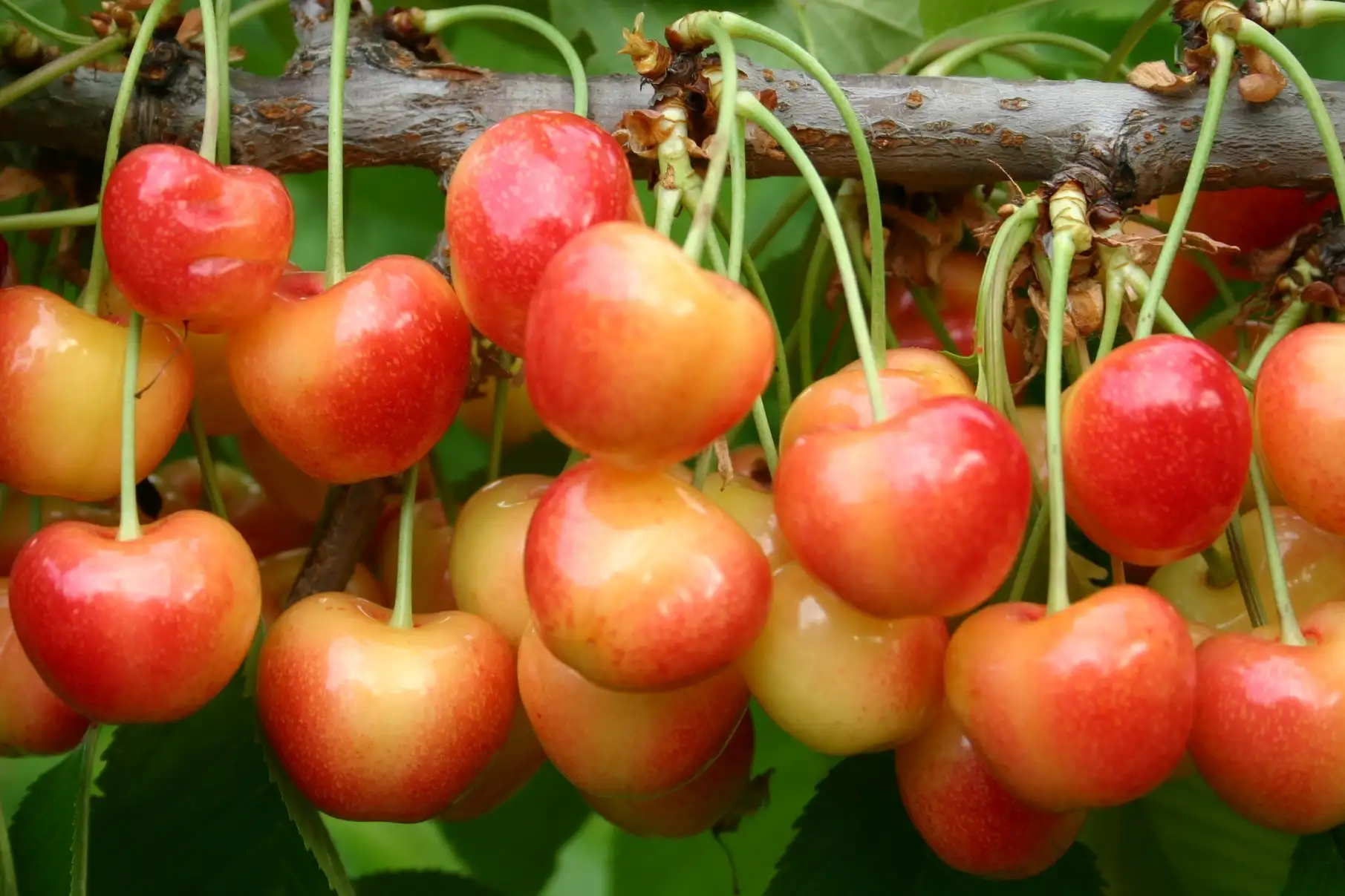
Cherry breeding at Unibo: 40 years of successful breeding experience
The sweet cherry breeding program at the University of Bologna has a long history. Starting in the early 1980s, it resulted in the release of the Star Series cherries in the 90s with a total of seven patented varieties.
At the beginning of the 2000s, a new breeding program was started with the aim of obtaining a line of 6-7 varieties, characterized by valuable aesthetic characteristics, excellent organoleptic qualities, high production performance and capable of covering a wide harvest calendar.
The Sweet series
This program cofounded by private partnerships led to the patenting of 7 varieties belonging to the ‘Sweet series’: PA1UNIBO* Sweet Aryana®, PA2UNIBO* Sweet Lorenz®, PA3UNIBO* Sweet Gabriel®, PA4UNIBO* Sweet Valina®, PA5UNIBO* Sweet Saretta®, PA7UNIBO* Sweet Stephany® and, the last to be released, the earliest of the series: PA8UNIBO* Sweet Dave®.
From the same breeding program, PA6UNIBO* Marysa® was also patented for its high productivity and fruit quality traits that were not fully matching the ‘Sweet Series’ thresholds. The Sweet series has achieved significant global reach through strategic partnerships in many countries all over the world.
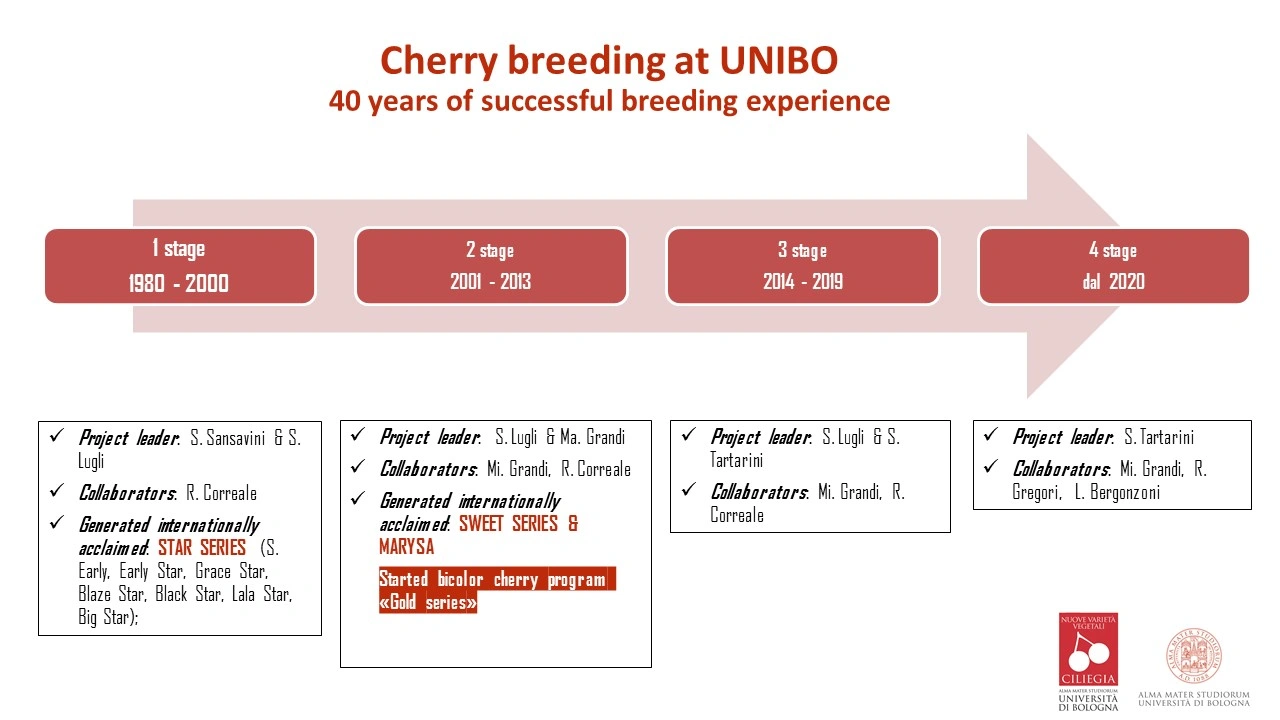 Figure 1. Cherry breeding at UNIBO: 40 years of successful breeding experience
Figure 1. Cherry breeding at UNIBO: 40 years of successful breeding experience
Some of the material from the crosses that led to the Sweet series is still under evaluation. Currently, several S2 and S3 selections are being assessed, which could lead to the licensing of new varieties in the coming years.
Since 2022, the University of Bologna funded a new crossing program. This program has already resulted in the production of several thousand seedlings that will be evaluated in the coming years.
The Gold series
In the early 2000s, the University of Bologna also started another breeding program supported by a private partnership (Jo Sims Ltd), whose support has since ended. The aim of this program was to obtain some new bicolor cherry varieties: the “Gold series”.
The main selection criteria for fruit traits were: over-color covering at least half of the fruit size, high flesh firmness and high soluble solids content and the goal is to obtain varieties with a wide ripening schedule.
Starting from a thousand seedlings, the S1 phase of the selective process led to the identification of 28 individuals that were then propagated in the S2 phase and replicated in plots of five plants and evaluation on two rootstocks (MM14 and G6).
Finally, 13 genotypes were selected as advanced selection, and 4 out of those are.
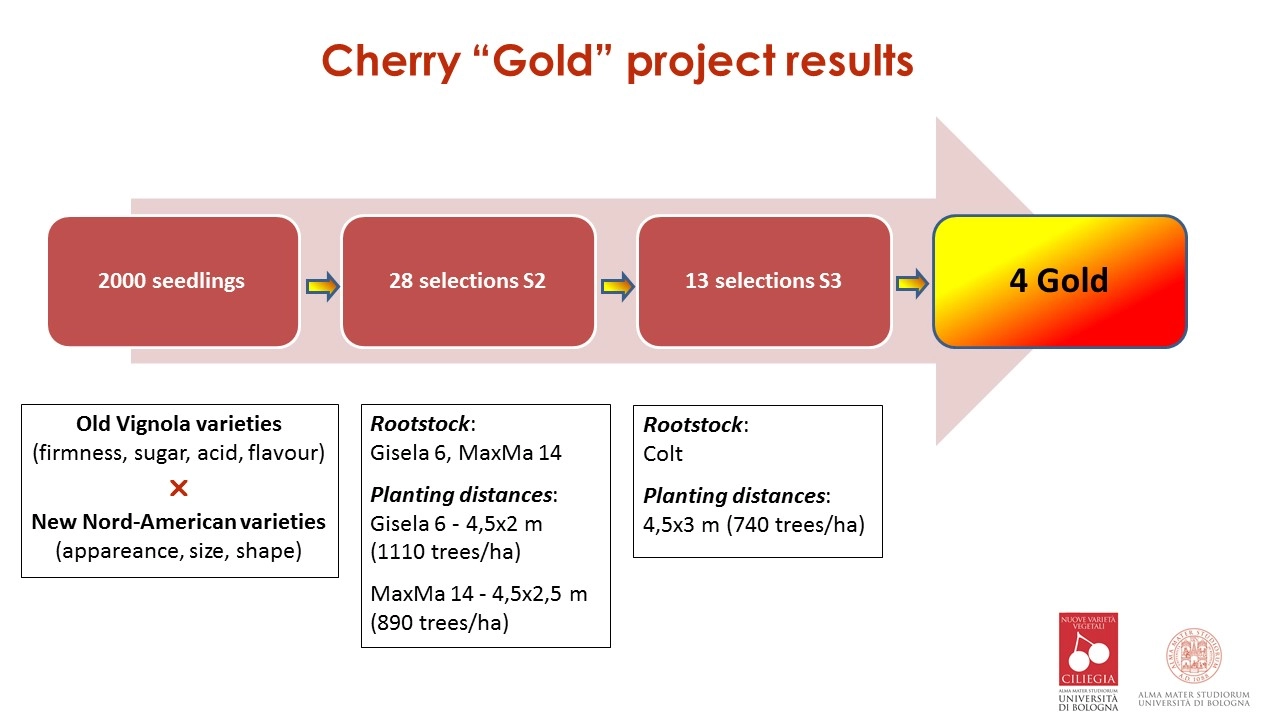 Figure 2. Cherry “Gold” brreding project results
Figure 2. Cherry “Gold” brreding project results
Mainly characteristics of the first 4 ‘Gold’ selections
Unibo Gold 1
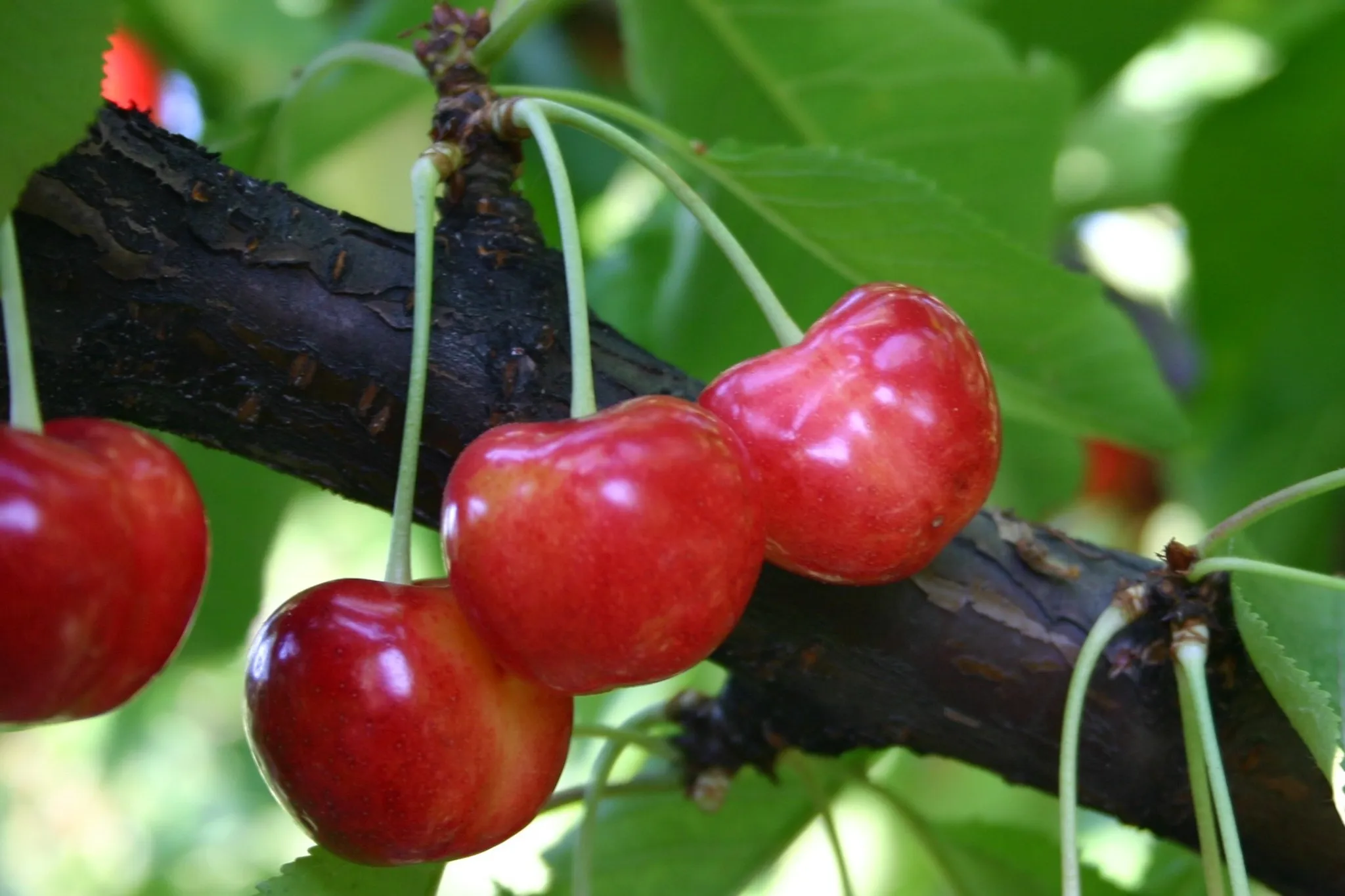 Figure 3. Unibo Gold 1
Figure 3. Unibo Gold 1
Tree: medium-strong vigor with a generally spreading habitus. Early fruiting, good and constant productivity.
Flowering time: medium
Harvest time: from 14 to 16 days before Rainier
Fruit: good size (28-30 mm), with a light red overcolour, extended on 50-60% on a yellow background, excellent pulp firmness for the cherry period (55-60 D25), good ratio sugar/acidity content. High susceptibility to cracking.
Unibo Gold 2
 Figure 4. Unibo Gold 2
Figure 4. Unibo Gold 2
Tree: strong vigor with semi-upright habitus. Intermediate fruiting, good and constant productivity
Flowering time: medium-early flowering period
Harvest time: from 8 to 10 days before Rainier
Fruit: good size (28-30 mm), with red overcolour extended for about 50-60% on a yellow-cream background, pulp firm (55-65 D25), with a sweet-sour content, balanced flavor. Susceptible to cracking due to rain.
Unibo Gold 3
 Figure 5. Unibo Gold 3
Figure 5. Unibo Gold 3
Tree: medium vigor with upright habitus. Intermediate fruiting, good productivity
Flowering time: medium flowering period
Harvest time: some days before Rainier
Fruit: heart-shaped fruits of uniform size (28-30 mm), with a bright intense red overcolour extended for 60-70% of the skin on a yellow background, pulp very firmness (60-70 D25). The fruit also maintains its ripening stage after ripening (low fruit-drop). Trend to have a slightly acidic flavor. Moderately susceptible to cracking.
Unibo Gold 4
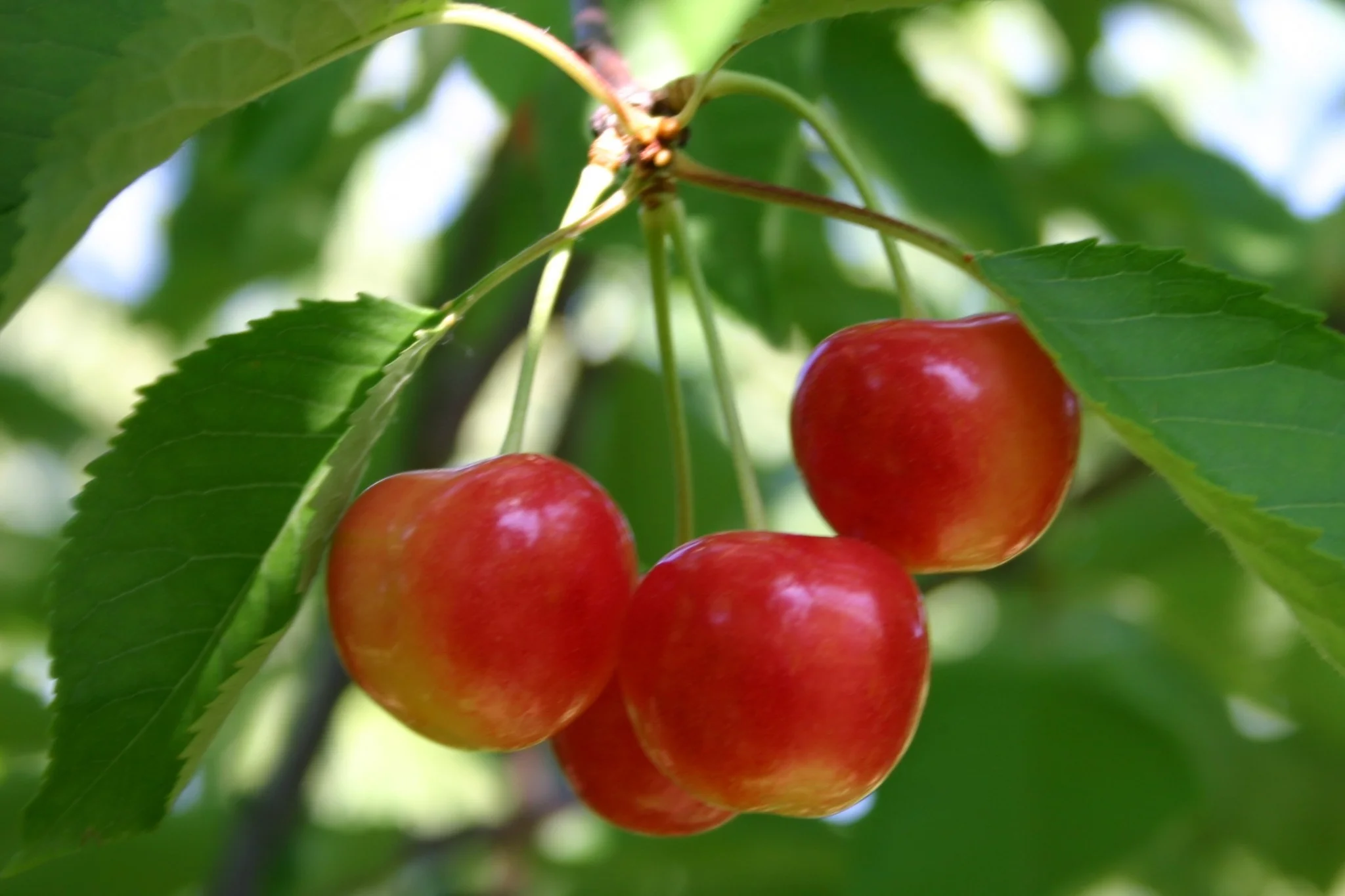 Figure 6. Unibo Gold 4
Figure 6. Unibo Gold 4
Tree: medium-strong vigor with semi-upright. Early in bearing fruit and constantly productive with excellent distribution of fruit on the branches.
Flowering time: medium-early flowering period
Harvest time: contemporary to Rainier
Fruit: heart-shaped fruit, large and uniform size (28-32 mm), with a light red overcolour extended for approximately 50-60% on a yellow-cream background, firm and crunchy pulp (55-65 D25) and medium-long stalk. The fruit also maintains its ripening stage after ripening (low fruit-drop). Predominantly sweet taste, balanced flavor. Moderately susceptible to rain cracking.
For these four genotypes, it will be evaluated whether to proceed with the patent application.
Breeders: Stefano Lugli, Riccardo Correale, Michelangelo Grandi, University of Bologna.
Source: Edited by Gregori et al, 2025 and Grandi et al, 2025. Workshop VIP - Varieties International Project, Macfrut 2025, Rimini (Italy).
Cherry Times - Tutti i diritti riservati

















